What Special Nutritional Needs Do Small Dogs Have?
As a general rule, small breeds tend to have much faster metabolisms than larger dogs. While the general rule for medium-sized dogs without an active lifestyle is about 30 calories per kilogram of weight even a sedentary small dog will require at least 40 calories per kilogram.
The nutrient distribution required by smaller dogs is also a bit different.
Nutrient Profiles
In general, you’ll want to ensure that your small dog is getting more protein and fat than their larger cousins. This is true regardless of whether or not they’re particularly active.
 As always, protein is the most important content for your small breed dog. High protein is pretty much a must, as their faster metabolisms also mean that they need nutrient-dense food. We recommend at least 30% crude protein for any small breed dog. Really, the higher the better.
As always, protein is the most important content for your small breed dog. High protein is pretty much a must, as their faster metabolisms also mean that they need nutrient-dense food. We recommend at least 30% crude protein for any small breed dog. Really, the higher the better.
Fats should also be high, as they’re the best way to increase caloric density in your dog’s food. Since fats have more calories per gram than any other nutrient, a fat content of 15% or higher is strongly desirable for smaller dogs.
Carbohydrates should be lower than 30%. They’re almost empty calories for dogs and when it comes down to it you should be able to get the bulk of the calories from more viable sources.
Caloric Intake
The general guideline for small dogs is 40 calories per kilogram for dogs with a normal activity level. Unfortunately along with small dogs come small stomachs, which means that you’re going to need to make sure that their food is more nutrient-dense than when you’re feeding a larger dog.
 You’ll also want to ensure that your dog doesn’t become obese. Of the small dog breeds, this is most commonly found in dachshund and the miniature bulldog breeds. Just monitor your dog, if you’re unsure since some breeds are definitely pudgier than others while remaining healthy, then checking the American Kennel Club guidelines for the breed you have is a great way.
You’ll also want to ensure that your dog doesn’t become obese. Of the small dog breeds, this is most commonly found in dachshund and the miniature bulldog breeds. Just monitor your dog, if you’re unsure since some breeds are definitely pudgier than others while remaining healthy, then checking the American Kennel Club guidelines for the breed you have is a great way.
Working dogs, especially hunting dogs who are in constant training, can often take up to twice this level of calories as can those dogs which are in agility courses or going on daily runs with their owners. Keep that in mind when you’re deciding how much to feed them.
What’s most important is that the food you’re feeding your dog is nutrient-dense enough that they can get the food they need in their smaller stomachs.
Micronutrients
 Unlike larger breeds, there’s no real worry about small dogs growing too quickly. This means that you don’t need to limit calcium intake when they’re younger in order to avoid bone problems. It should still not be much higher than 2% however.
Unlike larger breeds, there’s no real worry about small dogs growing too quickly. This means that you don’t need to limit calcium intake when they’re younger in order to avoid bone problems. It should still not be much higher than 2% however.
However, including fruit that is high in antioxidants is quite important for smaller dogs, since smaller breeds can live upwards of fifteen years. Antioxidants are always useful, helping to prevent some of the damage of aging and lower the risk of cancers, but they become especially vital for small, long-lived breeds.
 We love our tiny but terrifying terriers, and small breeds require a bit of additional attention in order to make sure that they grow into healthy dogs. We’ve made you a guide to ensure that you know the best foods for your small canine companion today since their nutritional needs differ from medium-sized mutts and larger dogs.
We love our tiny but terrifying terriers, and small breeds require a bit of additional attention in order to make sure that they grow into healthy dogs. We’ve made you a guide to ensure that you know the best foods for your small canine companion today since their nutritional needs differ from medium-sized mutts and larger dogs.

 Their faster metabolisms and smaller stomachs mean that they need to eat much more frequently, at least twice per day but preferably three times per day. This also means that you’ll want to feed puppies four or five smaller meals per day in order to help them grow to their full size.
Their faster metabolisms and smaller stomachs mean that they need to eat much more frequently, at least twice per day but preferably three times per day. This also means that you’ll want to feed puppies four or five smaller meals per day in order to help them grow to their full size.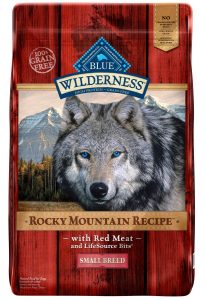

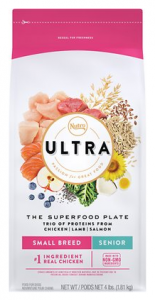
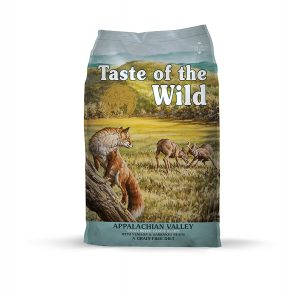
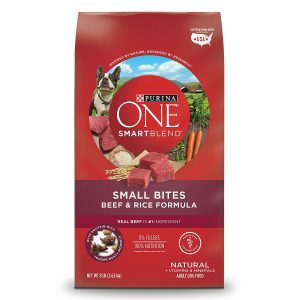
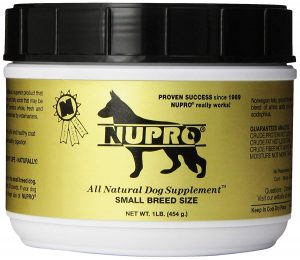
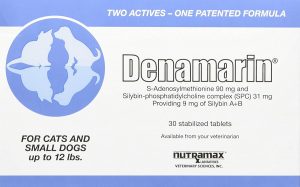
 As always, protein is the most important content for your small breed dog. High protein is pretty much a must, as their faster metabolisms also mean that they need nutrient-dense food. We recommend at least 30% crude protein for any small breed dog. Really, the higher the better.
As always, protein is the most important content for your small breed dog. High protein is pretty much a must, as their faster metabolisms also mean that they need nutrient-dense food. We recommend at least 30% crude protein for any small breed dog. Really, the higher the better. You’ll also want to ensure that your dog doesn’t become obese. Of the small dog breeds, this is most commonly found in dachshund and the miniature bulldog breeds. Just monitor your dog, if you’re unsure since some breeds are definitely pudgier than others while remaining healthy, then checking the American Kennel Club guidelines for the breed you have is a great way.
You’ll also want to ensure that your dog doesn’t become obese. Of the small dog breeds, this is most commonly found in dachshund and the miniature bulldog breeds. Just monitor your dog, if you’re unsure since some breeds are definitely pudgier than others while remaining healthy, then checking the American Kennel Club guidelines for the breed you have is a great way. Unlike larger breeds, there’s no real worry about small dogs growing too quickly. This means that you don’t need to limit calcium intake when they’re younger in order to avoid bone problems. It should still not be much higher than 2% however.
Unlike larger breeds, there’s no real worry about small dogs growing too quickly. This means that you don’t need to limit calcium intake when they’re younger in order to avoid bone problems. It should still not be much higher than 2% however.




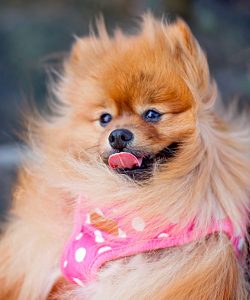 The long lifespan of smaller dogs, averaging around fifteen years in many cases, is the biggest cause for concern. Over a long span of time, these dogs can develop a multitude of health problems that simply don’t show up in larger breeds of dog.
The long lifespan of smaller dogs, averaging around fifteen years in many cases, is the biggest cause for concern. Over a long span of time, these dogs can develop a multitude of health problems that simply don’t show up in larger breeds of dog. As a general rule, small dogs don’t suffer from nearly the same amount of joint issues as larger breeds.
As a general rule, small dogs don’t suffer from nearly the same amount of joint issues as larger breeds.

 As a general rule, small dogs are those which stand less than a foot tall and are under 25lbs when fully grown. This means that almost all toy and teacup breeds fall under this umbrella, as well as most terriers.
As a general rule, small dogs are those which stand less than a foot tall and are under 25lbs when fully grown. This means that almost all toy and teacup breeds fall under this umbrella, as well as most terriers. Almost all of these dogs have a couple of things in common: high energy levels and an attitude which would convince you they’re unaware of their size compared to the world around them. While not all small dogs are high energy terrors, quite a few of them are which contributes to their reputation.
Almost all of these dogs have a couple of things in common: high energy levels and an attitude which would convince you they’re unaware of their size compared to the world around them. While not all small dogs are high energy terrors, quite a few of them are which contributes to their reputation. When it comes down to it, all dogs deserve high-quality food to make sure that they stay healthy throughout their lives. Combined with the right nutritional supplements it’s quite likely that you’ll be enjoying the company of your Chihuahua or Jack Russell for years to come.
When it comes down to it, all dogs deserve high-quality food to make sure that they stay healthy throughout their lives. Combined with the right nutritional supplements it’s quite likely that you’ll be enjoying the company of your Chihuahua or Jack Russell for years to come.